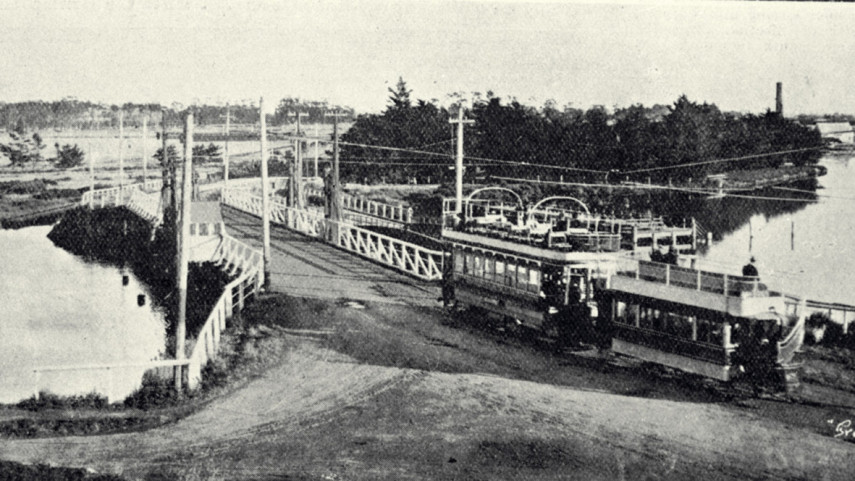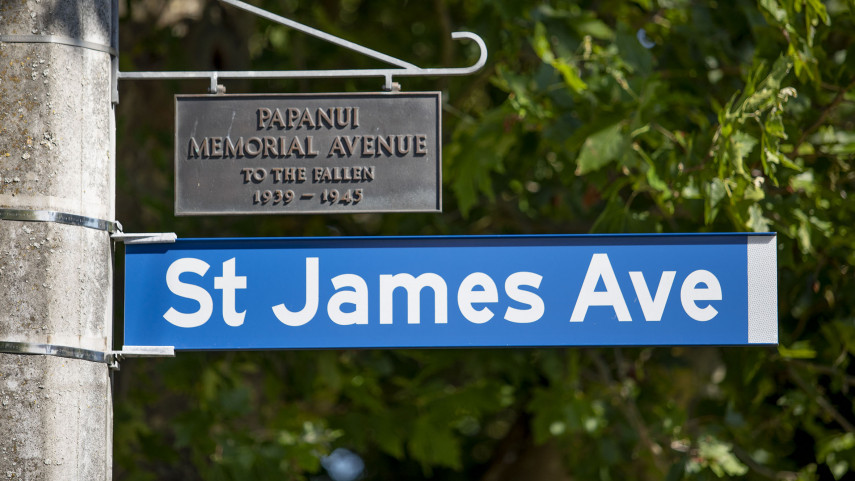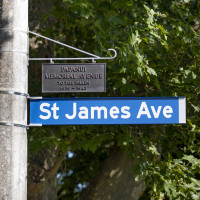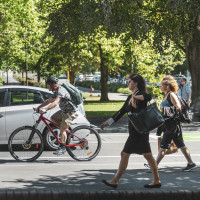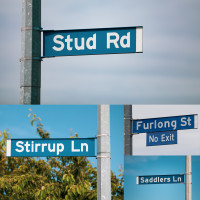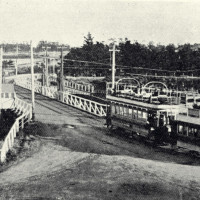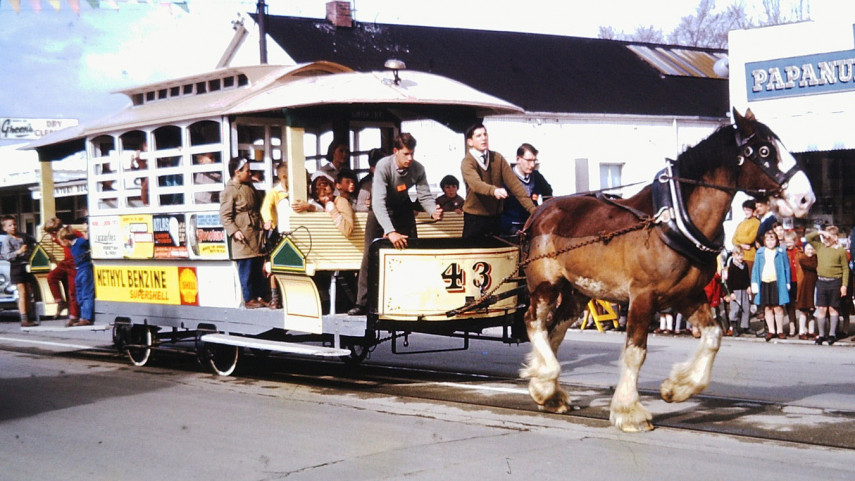
Street Talk: Papanui Road – building a city

Share this story
Not many streets have been the subject of a concert overture - which makes Christchurch's Papanui Road extra special.
Local composer John Ritchie’s 1987 ‘Papanui Road Overture’ makes reference to tram bells and car horns, church music and marching bands.
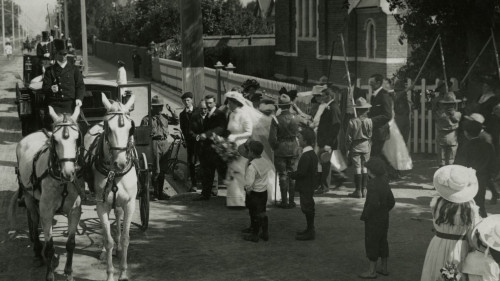
A wedding party outside St Mary's Church, Papanui Road, 1910. Canterbury Stories, CCL-PH15-001
But the early years of Papanui Road were somewhat less picturesque!
Originally mentioned in the Lyttelton Times in 1851, it ran from Bealey Avenue to the junction of Sawyers Arms Road and began life as a bullock track used to transport wood felled from Papanui’s vast virgin bush.
When arrivals from the first four ships of the Canterbury Association trekked over the Bridle Path from Lyttelton in 1850, the plains stretched out as far as the eye could see.
The only bush to be seen was at Riccarton and Papanui, where 70 square acres of totara, rimu, kahikatea, matai and kanuka grew.
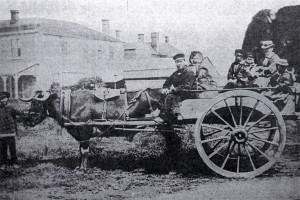
Bullock carts like this were used to transport timber and firewood along Papanui Road. Christchurch City Libraries: CCL PhotoCD 7, IMG0017
In the spirit of city building, the trees were cut down and pit-sawn into building materials and firewood before being carted by bullock wagon along the road.
The route was plagued by bogs and creeks that would spring up in the winter. A local poet described it in 1856 as a ‘slimy swamp and spongy track.’
By July 1931 however, an article in the Press reflected:
“For upwards of 30 years the Papanui Bush supplied the building needs of the city.…all that is left today of that great forest is a solitary tree…the bullock track of 50 years ago has given place to a paved highway and modern artistic bungalows (each with a beautiful garden) line the route.”
(Sadly, the writer has exaggerated the longevity of Papanui Bush. It was decimated by 1857.)
Some of those elegant older buildings were reconfigured for commercial uses as medical rooms, restaurants and dental practices.
Up until 1954 trams ran daily from Papanui to the Square, ferrying passengers past the bustling shops of Merivale and Papanui.
The Papanui Building erected at the junction of Harewood and Main North Roads in 1911 was one of the street’s most iconic buildings. It was famous for a neon sign advertising the local Firestone factory which appeared to hover above the building at night.
While much has changed since the bullock track of 1851, Papanui Road remains a special combination of key arterial route and social and economic hub for surrounding suburbs.
Main image: A horse drawn tram travels down Papanui Road in 1964. As this was ten years after electric trams had stopped operating in the city it was likely a one-off event. Canterbury Stories, CCL-PH19-IsTw-002
Street Talk is a series of stories exploring our city streets.


